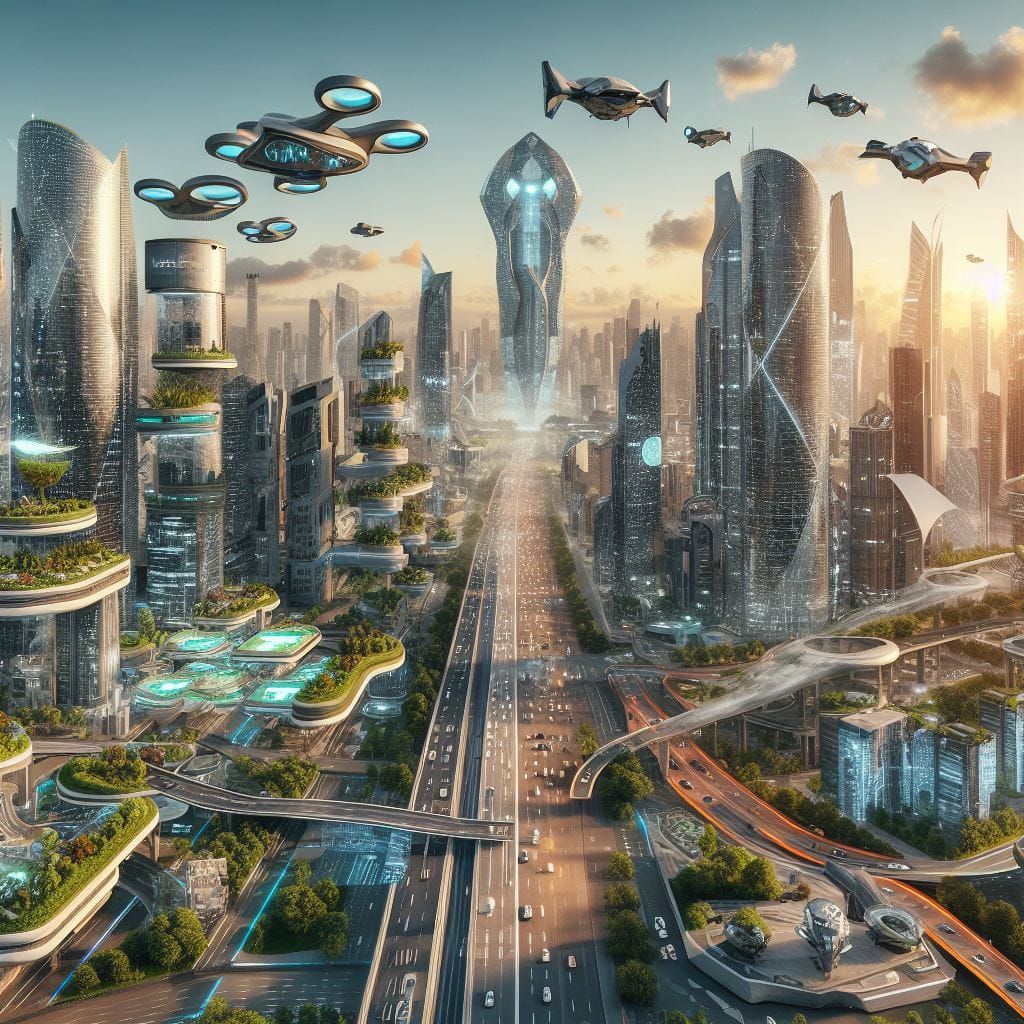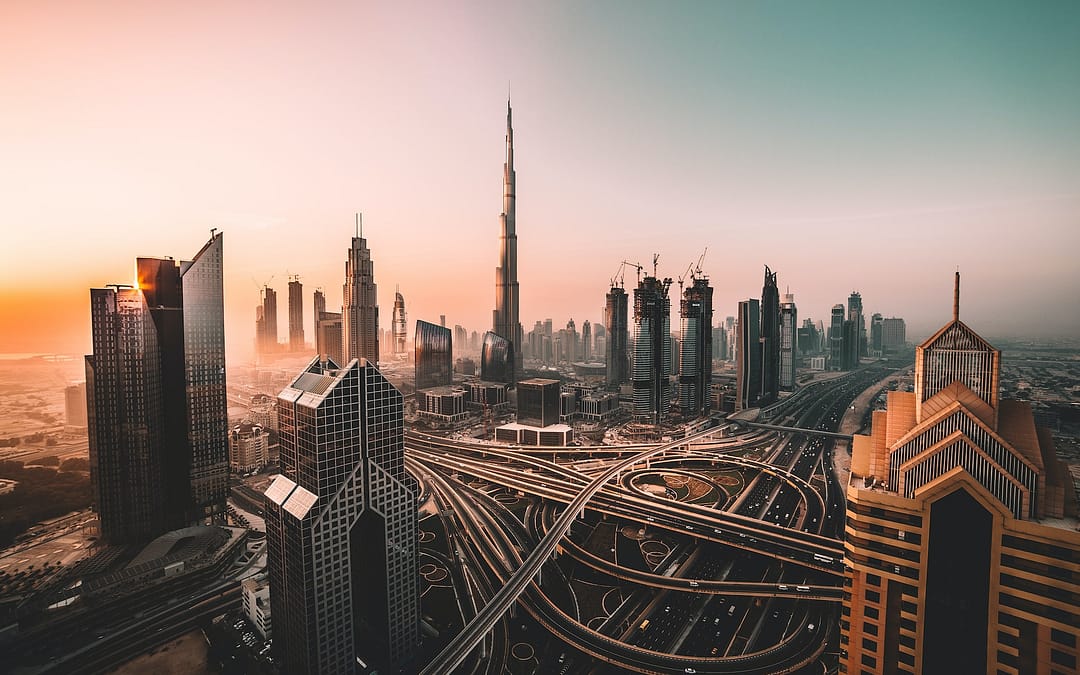Amid rapid urbanization and technological advancements, our world is witnessing the birth of future cities. These cities are not merely urban areas but vibrant ecosystems that embrace innovation, sustainability, and resilience. From reimagining urban mobility to harnessing renewable energy sources, future cities are transforming the way we live, work, and thrive. In this blog post, we will explore the concept of future cities and delve into the innovative urban visions that are shaping the cities of tomorrow.
The Evolution of Future Cities
Cities of the Future are a response to the challenges of urbanization, including population growth, climate change, and resource scarcity. These cities embody a visionary approach to urban planning, combining technology, sustainability, and community engagement. By leveraging advanced technologies such as artificial intelligence, the Internet of Things, and data analytics, future cities are designed to be smarter, more efficient, and environmentally friendly.
Smart Infrastructure and Connectivity
At the heart of future cities lies a robust and interconnected infrastructure. Smart grids, high-speed internet connectivity, and efficient transportation systems are the backbone of these cities. Smart infrastructure enables effective resource management, reduces energy consumption, and improves the quality of life for residents. By integrating cutting-edge technologies, future cities optimize energy distribution, ensure seamless connectivity, and enable data-driven decision-making.
Sustainable and Green Practices
Future cities prioritize sustainability and environmental consciousness. They embrace renewable energy sources, implement green building practices, and promote circular economies. Renewable energy systems such as solar and wind power are harnessed to reduce carbon emissions, making future cities self-sufficient in energy generation. Green spaces, rooftop gardens, and vertical farming allow for sustainable food production and enhance the overall well-being of residents.
Transformative Urban Mobility
Mobility in future cities is reimagined to be efficient, eco-friendly, and inclusive. Electric vehicles, autonomous transportation, and shared mobility solutions are becoming the norm. Seamless integration between different modes of transportation, such as bicycles, scooters, and public transit, ensures smooth and convenient mobility options for residents and reduces reliance on private vehicles. The aim is to create a connected and multimodal transportation system that minimizes congestion and improves air quality.

Resilient and Adaptive New City Planning
Future cities are designed to be resilient in the face of challenges like climate change and natural disasters. They employ climate-responsive urban planning that prioritizes adaptive architecture, efficient water management, and resilient infrastructure. Green stormwater management systems, flood-resilient buildings, and disaster risk reduction strategies ensure the safety and well-being of citizens. Future cities anticipate potential risks and proactively plan for a sustainable and secure urban future.
Inclusive and Livable Communities
Inclusive urban design is a key aspect of cities. These cities prioritize human-centric design principles to create livable communities that cater to the needs of diverse populations. Accessibility, affordable housing, and social inclusivity are central to urban development initiatives. Vibrant public spaces, community engagement programs, and cultural diversity are celebrated, fostering a sense of unity and belonging among residents.
Data-Driven Decision Making
Data analytics play a crucial role in future cities, enabling evidence-based decision-making and optimization of urban systems. Real-time data collection allows for efficient resource allocation, the monitoring of critical infrastructure, and the delivery of optimum urban services. By harnessing the power of big data, cities of future can predict trends, mitigate risks, and enhance the overall quality of life for residents.
Conclusion
Future cities represent a new era of urban living, where technology, sustainability, and innovation converge. By embracing smart infrastructure, sustainable practices, and inclusive urban planning, these cities pave the way for a brighter and more sustainable future. As we continue to navigate the urban challenges of the 21st century, we must look to the visionary urban visions that are shaping the cities of tomorrow. Together, we can build future cities that are livable, resilient, and environmentally conscious, delivering a high quality of life for all.
Photo by David Rodrigo on Unsplash


Recent Comments